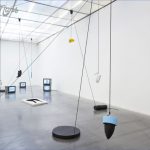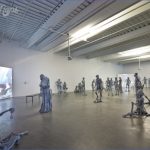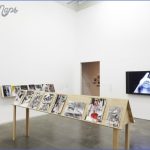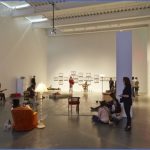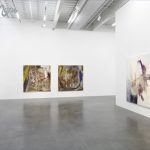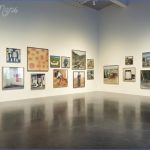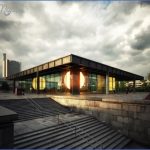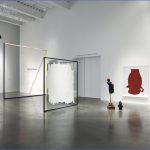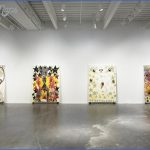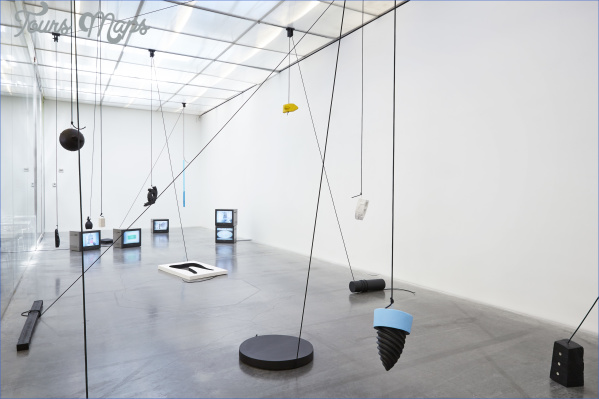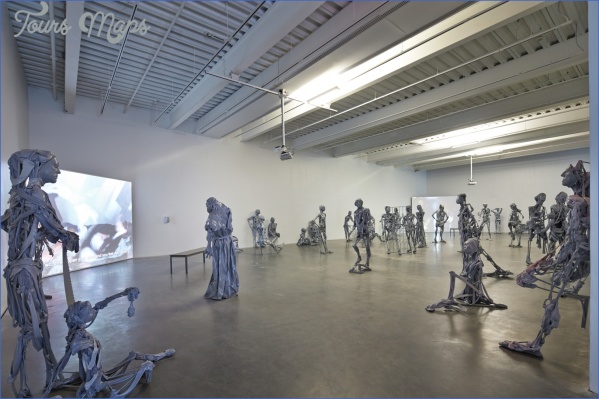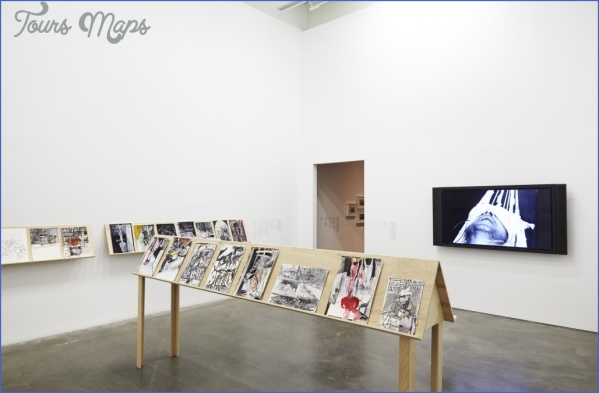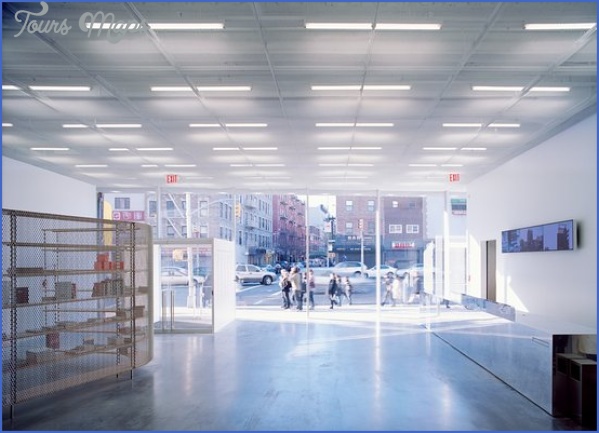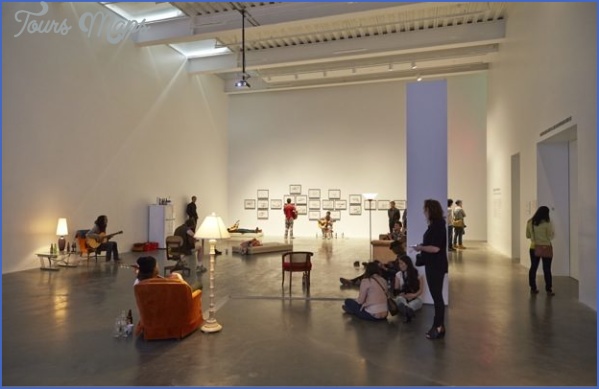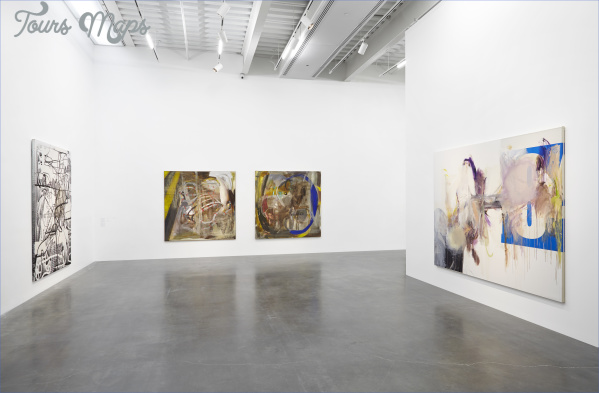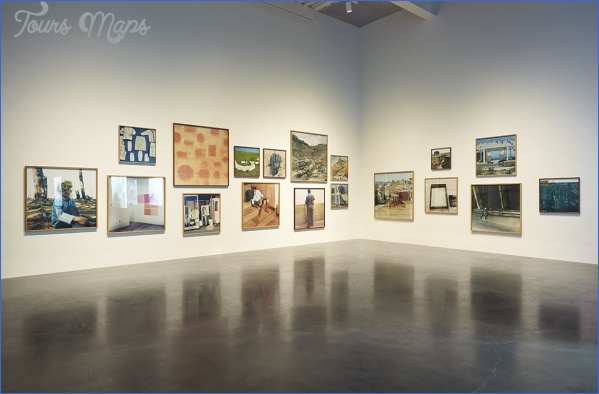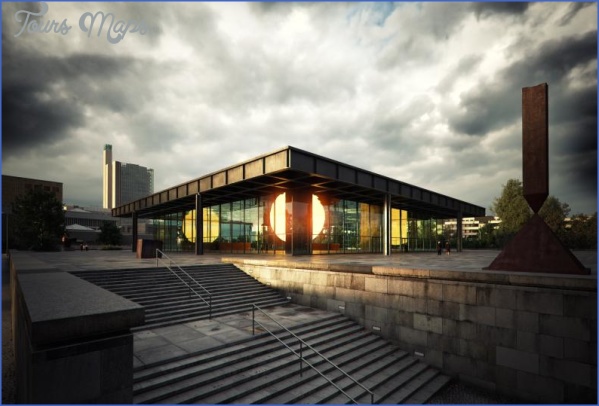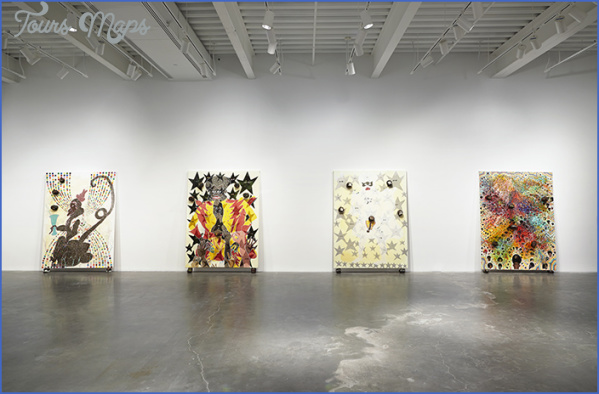Peter Benoit, champion of the Dutch language and the music of the Flemishspeaking people of Belgium, was born on 17 August 1834 in a modest cottage at Markstraat 57 in Harelbeke, a West Flanders town, close to Kortrijk (Courtrai), between Bruges and Gent. He came from a family of musicians: his father Petrus and his uncle Jan Baptist were active in local musical life (Petrus left a set of memoirs and Jan had an extensive music library), and his father and his brothers Edmond and Constant were also composers. Although Peter lived in the house only a year, it has been preserved and opened to the public, together with an adjoining museum dedicated to his life and works.
Benoit’s nationalist commitment to Dutch/Flemish has meant that much of his vocal music – dramas, operas, oratorios, cantatas and sacred works – is less known outside Belgium than it might otherwise have been: he specified in his will that all performances of his music should be in Flemish. But it is precisely that commitment that has ensured his place in the history and the hearts of the Belgians of Flanders.
BENOIT MUSEUM Photo Gallery
Within a year of his death (8 March 1901) in Antwerp, where he had served as director of the Vlaamse Muziekschool (a royal conservatory from 1879) and as the driving force behind the development of a national music curriculum, Peter Benoit societies were established in Harelbeke, Antwerp and Brussels. A plaque was erected on his birthplace and an archive established. The archive forms the basis of the collection of documents, manuscripts, editions, programmes, portraits, photographs, posters, correspondence and memorabilia (including a lock of hair and a death mask) on display at Markstraat 55.
During 1902-3 the birthplace was restored, and in 1929 it was given to the town of Harelbeke. In the year of Benoit’s centenary (1934) a dispute arose over whether the house had actually been his birthplace, but it was resolved by 1937 when it was classified a national monument. Storing and exhibiting the collection in the birthplace would not have been possible without destroying its character, and so the adjoining house, Markstraat 55, was acquired for the purpose. In 1978 the museum and birthplace officially opened to the public. The cottage is decorated very simply with period furnishings, presented much as it would have been in the 1830s.
On the 50th anniversary of his death (1951) a statue was erected to Benoit in Harelbeke municipal park, very close to the museum.
Maybe You Like Them Too
- Top 10 Islands You Can Buy
- Top 10 Underrated Asian Cities 2023
- Top 10 Reasons Upsizing Will Be a Huge Travel Trend
- Top 10 Scuba Diving Destinations
- World’s 10 Best Places To Visit

